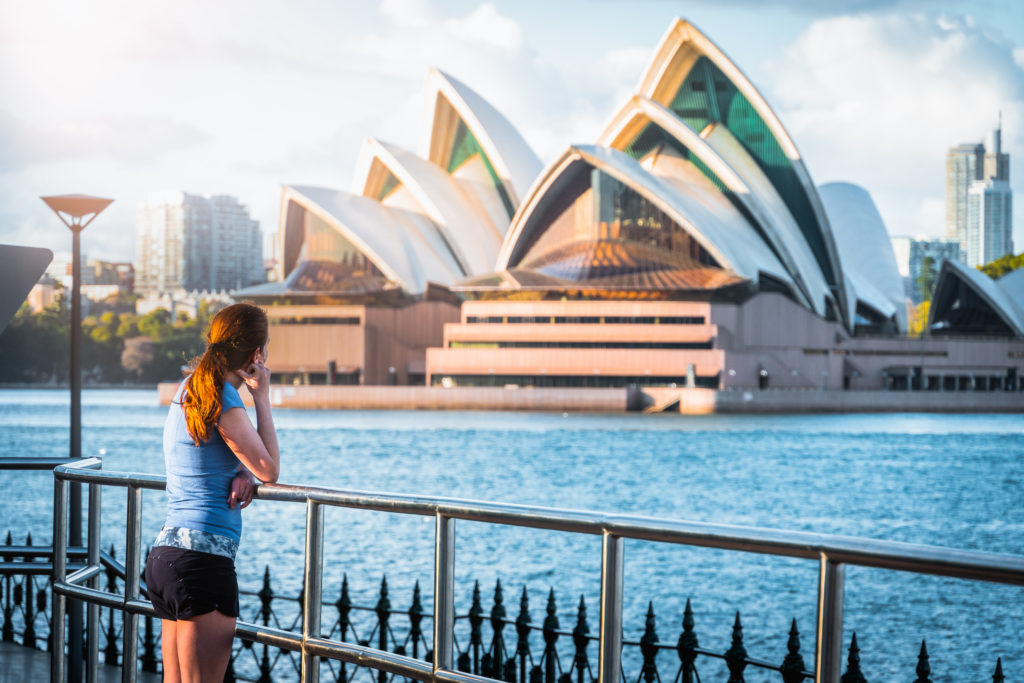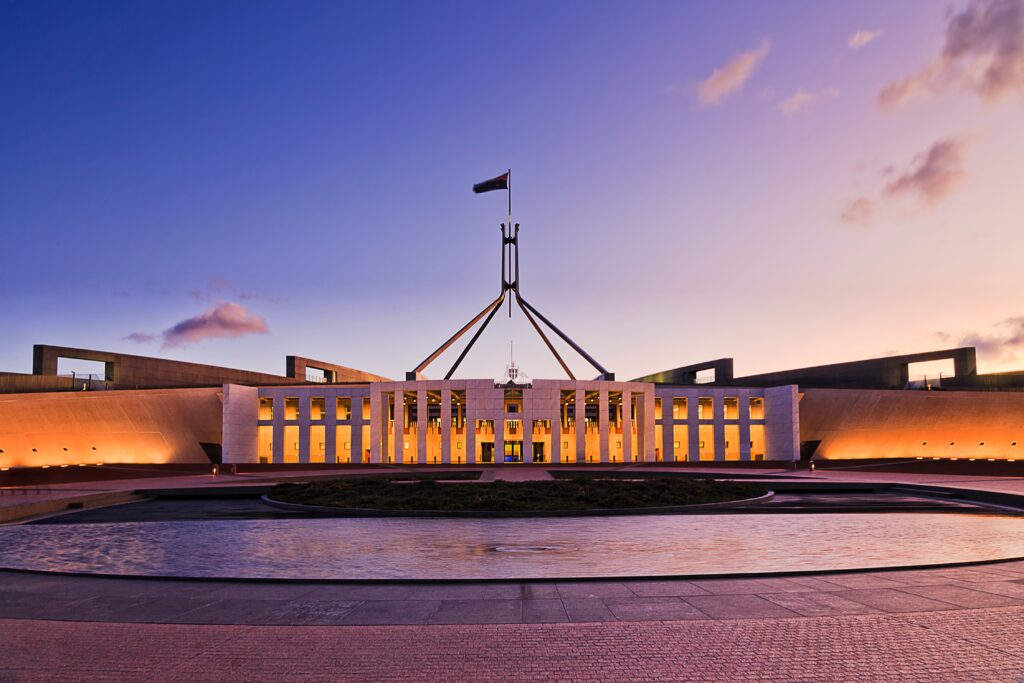*Disclaimer: The contents of this article do not constitute legal migration advice, are not intended to be a substitute for legal migration advice, and should not be relied upon as such. For professional migration assistance, always consult a Registered Migration Agent registered with the Office of Migration Agents Registered Authority (MARA) or contact the Department of Home Affairs. The views expressed in this article are those of the author.
In 2019, I moved from Canada to Australia under the Working Holiday Maker (WHM) visa program. Since then, I’ve applied for two more Working Holiday visas participating in the program for a total of three years – and you might be thinking of doing the same! Whether you’re curious to learn more about the WHM scheme or you’re actively preparing to apply, you’ve come to the right place.
Here, I list the top five things I wish I knew before applying for a Working Holiday visa in Australia. With these pointers, you’ll hopefully have a better idea of what to expect from the application process and the overall program.
1. The sooner you gather your documents, the better
As is the case with any visa application, you’ll need to provide ample information to the government. The sooner you collect and submit these documents, the likelier it is that your visa will be processed quickly and seamlessly.
So, what kind of details do you need to supply? Some key examples of documentation you may need to supply as part of your application include:
- Proof of sufficient funds – You’ll need to upload proof that you have at least A$5,000 to support yourself during your stay and leave Australia when your visa expires. This requirement applies to each Australian Working Holiday visa application, not just your first one.
- A copy of your passport
- Evidence of a health check
- Evidence of previously granted Australian visas (e.g. Student visa, etc.)
For your second-year and/or third-year, you’ll also need to provide evidence of your specified work in a regional area, typically in the form of payslips. We’ll explore this in greater detail in a later section.
Read more: How do I Transfer from a Working Holiday Visa to a Student Visa?
@insiderguides Thinking of applying for a Working Holiday visa in Australia? These are 3 things our content manager Bec wishes she knew before she did it 🇦🇺 #workingholidayvisas #workingholidayaustralia #workingholidayvisa #workingholiday #insiderguides #internationalstudents #australia ♬ Lo-fi hip hop – NAO-K
2. Your visa application could be granted in just minutes
Now, it’s important to remember that this doesn’t happen in all cases. However, many working holidaymakers (myself included) have had their visas approved within a matter of minutes after lodging their applications. So, if you’re stressing about how long it might take to get your visa, try taking a few deep breaths – it might be quicker than you think!
This is especially true for applications being processed in 2023. To help slash the backlog of visa applications, the Department of Home Affairs hired an additional 400 staff members in 2022. Since then, more than 4 million visa applications have been processed. According to The Guardian, Working Holiday visas in Australia are now among those processed the fastest; every Working Holiday visa was prioritised and finalised in less than one day, shared the publication. This meant that 120,000 offshore applicants were approved just before Christmas 2022.
3. You may want to complete your 88 days early on in your stay
If you (like me) have a feeling that you’ll want to stay in Australia for longer than one year, I recommend doing your 88 days of specified work as soon as possible. This is your ticket to getting an additional visa and prolonging your stay.
So, what is the “88 days” rule? This refers to the 88 days of specified work that you’ll need to do in a regional/remote area to gain a second-year Working Holiday visa. If you want to get a third-year Working Holiday visa, you’ll need to complete six months of specified work.
Specified work could include many things, from tourism and hospitality work to fruit picking to construction to critical COVID-19 work. You’ll also need to work in an area with one of the designated postcodes, which you can find here.
Because it can take a while to find the right job, I recommend completing your specified work earlier rather than later. That way, you won’t be rushing to find a suitable job and finish your work before your visa expires.
4. You’ll be taxed at a unique rate
Admittedly, taxes aren’t the most exciting topic. That said, it’s super important to understand your tax rates and obligations when you move to a new country.
Depending on where you’re from, you might be used to a tax-free threshold. Although Australia has a tax-free threshold of $18,200, you won’t be eligible for it when you move here as a working holiday maker. You also won’t be taxed at the same rate as Australian citizens and residents.
As a working holiday maker in Australia, you’ll be taxed 15% on every dollar you make until $45,000 – at that point, your tax rate will increase further. You can learn more about Australia’s individual tax rates via the Australian Taxation Office (ATO).
5. You can work for yourself
On a Working Holiday visa in Australia, you are eligible to apply for an Australian Business Number (ABN) so that you can work for yourself as a sole trader. So, whether you’re currently self-employed or want to start working for yourself, this could be an awesome option. Having the freedom to work anywhere, anytime is perfect if you’re hoping to travel around and see more of the country during your stay.
You’ll just need to remember that, on a Working Holiday visa, you’re typically subject to a 6-month work limitation. This means that you can only work for any one employer for a maximum of six months. This rule may apply to you even if you work as a contractor for these businesses rather than an employee.
Plus, if you do work as a sole trader, you may be subject to a different tax rate on these earnings. It’s always best to get in touch with the ATO for official guidance on these conditions and details before moving forward.





